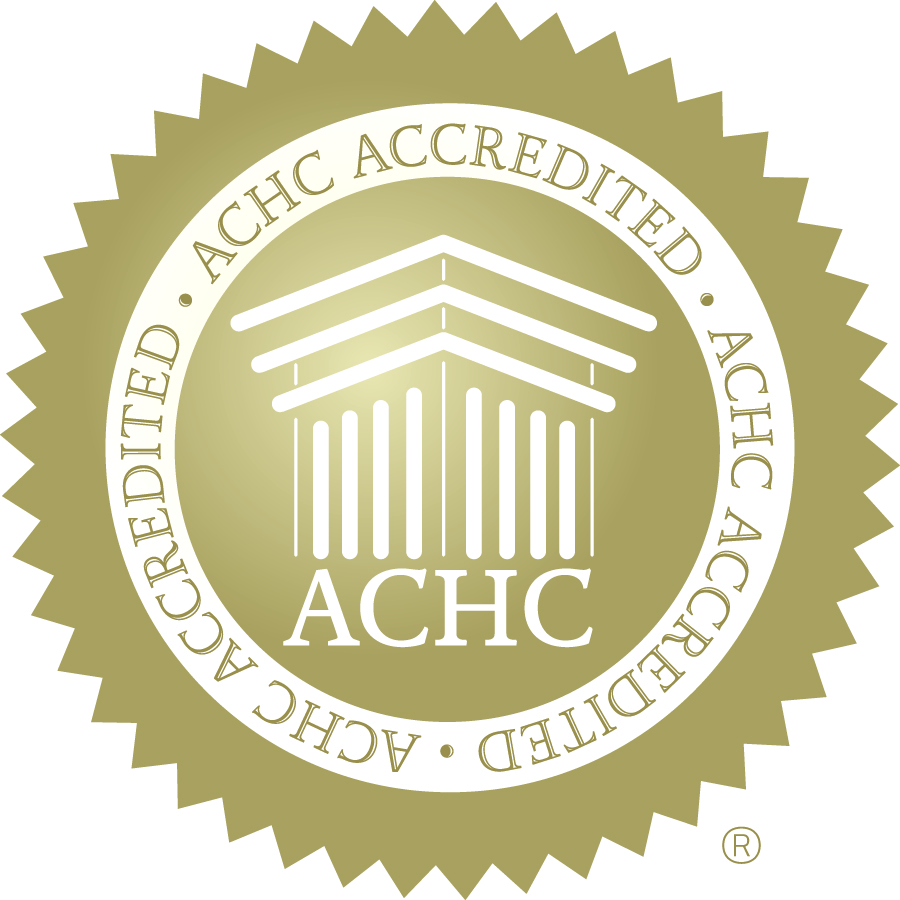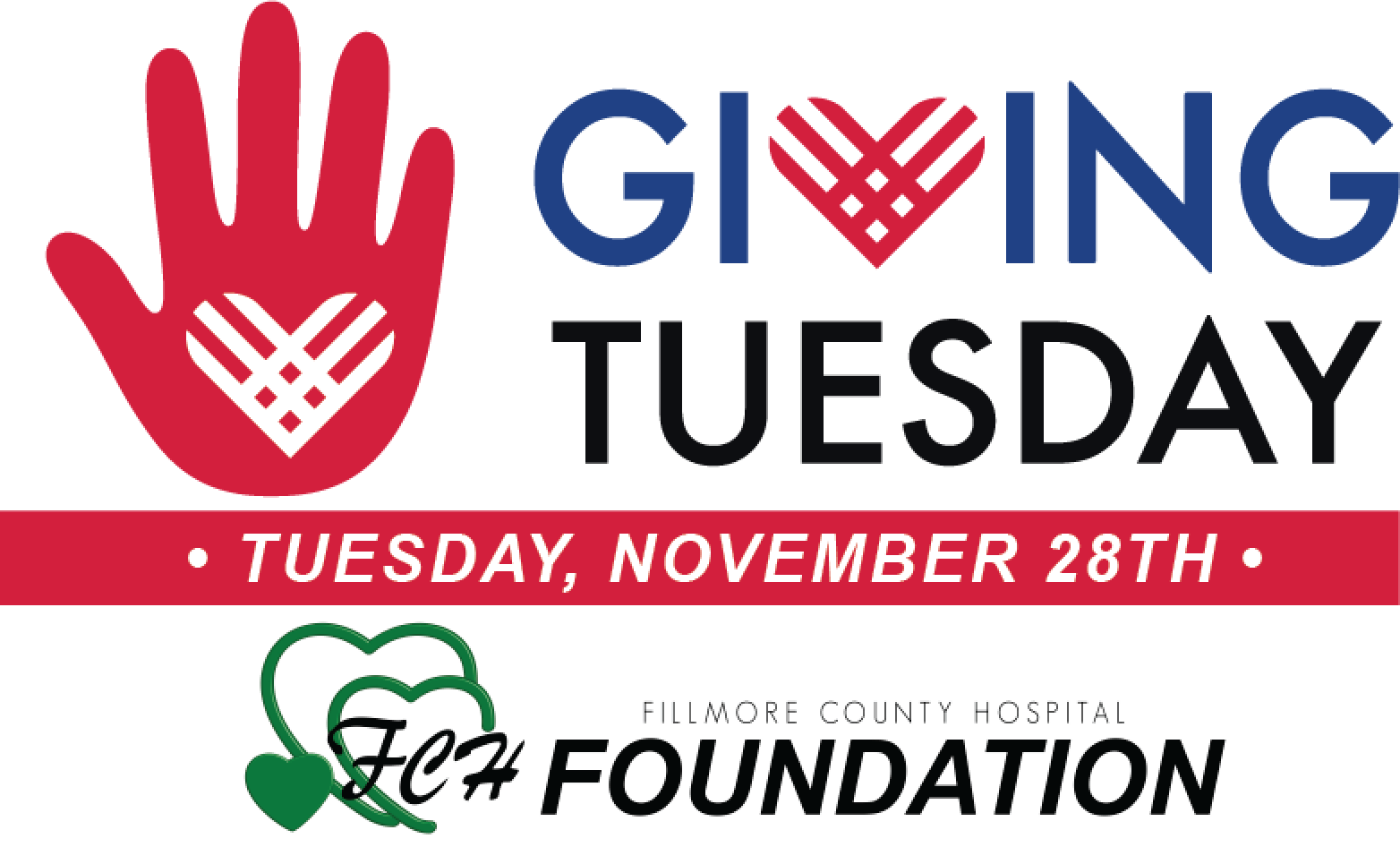Sleep Study
We offer Home Sleep Studies as well as In-lab sleep studies. Fillmore County Hospital is accredited by ACHC.
All tests require an order from your physician.


Sleep apnea is a serious sleep disorder that occurs when a person’s breathing is interrupted during sleep. People with untreated sleep apnea stop breathing repeatedly during their sleep, sometimes hundreds of times during the night.
There are two types of sleep apnea: obstructive and central. Obstructive sleep apnea is the more common of the two. Obstructive sleep apnea occurs as repetitive episodes of complete or partial upper airway blockage during sleep. During an apneic episode, the diaphragm and chest muscles work harder as the pressure increases to open the airway. Breathing usually resumes with a loud gasp or body jerk. These episodes can interfere with sound sleep, reduce the flow of oxygen to vital organs, and cause heart rhythm irregularities.
In central sleep apnea, the airway is not blocked but the brain fails to signal the muscles to breathe due to instability in the respiratory control center. Central apnea is named as such because it is related to the function of the central nervous system.
Sleep apnea occurs in about 25 percent of men and nearly 10 percent of women. Sleep apnea can affect people of all ages, including babies and children and particularly people over the age of fifty and those who are overweight. Certain physical traits and clinical features are common in patients with obstructive sleep apnea. These include excessive weight, large neck, and structural abnormalities reducing the diameter of the upper airway, such as nasal obstruction, a low-hanging soft palate, enlarged tonsils, or a small jaw with an overbite. These figures illustrate the upper airway in normal sleep (A; person is lying on back, face up) and in obstructive sleep apnea (B). The arrows indicate a complete obstruction in the back of the throat.
Obstructive sleep apnea is caused by a blockage of the airway, usually when the soft tissue in the rear of the throat collapses during sleep. Central sleep apnea is usually observed in patients with central nervous system dysfunction, such as following a stroke or in patients with neuromuscular diseases like amyotrophic lateral sclerosis. It is also common in patients with heart failure and other forms of cardiac and pulmonary disease.
Often the first signs of OSA are recognized not by the patient, but by the bed partner. Many of those affected have no sleep complaints. The most common signs and symptoms of OSA include:
- Snoring
- Daytime sleepiness or fatigue
- Restlessness during sleep, frequent nighttime awakenings
- Sudden awakenings with a sensation of gasping or choking
- Dry mouth or sore throat upon awakening
- Cognitive impairment, such as trouble concentrating, forgetfulness, or irritability
- Mood disturbances (depression or anxiety)
- Night sweats
- Sexual dysfunction
- Headaches
Contact
Jess Bruguera: (402) 759 – 3167 or email jbruguera@myfch.org.





